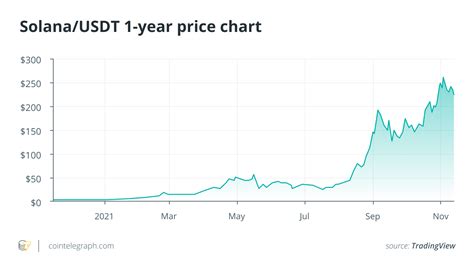Implementing Recursion Logic for Solana Trade Submission: Best Practices and Considerations
As a Solana developer building a trading bot that requires trades to be executed under specific conditions, implementing retry logic is essential to ensure the reliability and efficiency of your system. In this article, we will explore best practices for implementing retry logic in Solana, taking into account factors such as transaction type, error handling, and retry strategies.
Why Retry Logic?
Retry logic allows you to execute a transaction multiple times with increased reliability, reducing the risk of failure due to various reasons such as network congestion, transaction validation errors, or server outage. This approach helps maintain high availability of your bot, even in the event of unexpected events.
Best practices for implementing iteration logic in Solana
- Transaction type: Prioritize transactions that have specific recursion strategies, such as:
- «CHECKPOINT» transactions: Designed to retry if they fail due to network congestion or server outage.
- «CREATE» and «DELETE» transactions: If they fail due to validation errors or other exceptions, they can be retried once.
- Error handling: Implement a robust error handling mechanism to catch and return errors that occur during transaction execution. Use try-except blocks to wrap transaction code and provide additional context for debugging purposes.
- Retry Strategy:
- Fixed Delay: Set a fixed delay between retries (e.g. 1-5 seconds) to ensure consistent retry intervals.
- Exponential Delay

: Implement an exponential deferral strategy to handle network congestion or server outage, reducing the number of retries over time.
- Retry Threshold: Set a threshold for retries below which you consider a transaction to have failed. This can help prevent excessive retries, which could lead to unnecessary transactions.
- Monitoring and Logging:
- Record retry attempts, including both successful and failed transactions.
- Use a monitoring tool (e.g. the specific logging API «solana») to track errors and adjust retry strategies accordingly.
Example implementation of repeated logic
import asyncio
from solana.publickey import Pubkey
async def send_transaction(transaction_data):
try:
Run transaction code hereprint(f"Executing transaction {transaction_data['id']}...")
await transaction.execute()
except solana.errors.TransactionFailed as e:
print(f"Transaction failed: {e}")
def retry_send_transaction(max_retries, delay, threshold):
max_attempts = 0
async def send_transaction_retry(transaction_data):
max_attempts nonlocal
while max_attempts < max_retries and waiting for try_except_exception(transaction_data):
await asyncio.sleep(delay)
max_attempts += 1
return asyncio.gather(
*[send_transaction_retry(data) for data in transaction_data['data']]
)
async def main() :
Set transaction datatransactions = [
{'id': 'TX-001', 'data': ['DATA-001']},
{'id': 'TX-002', 'data': ['DATA-002']}
]
try:
Submit transactions with repeat logicresults = waiting for retry_transaction(max_retries=3, delay=1.0, threshold=5)
except solana.errors.TransactionFailed as e:
print(f"Transaction failed: {e}")
In this example, we define a function «send_transaction_retry» that takes the transaction data and attempts to execute the transaction up to 3 times with an exponential rollback strategy, taking into account network congestion or server downtime. The «main» function demonstrates how to use this repetition logic in the Solana bot.
